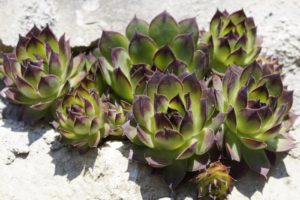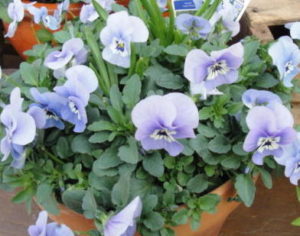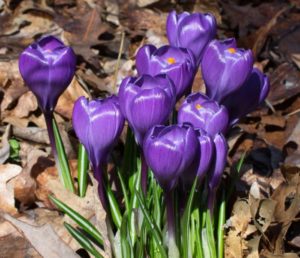2020
A Visit to Daniel Stowe Botanical Garden
A few days ago, I visited the Daniel Stowe Botanical Garden, in charming Belmont, North Carolina. In 1991, Daniel Stowe, a textile industry executive, and his wife, Alene, dedicated 380 acres to this natural showcase. They developed themed gardens and installed spectacular fountains among meadows, woodland, and lakefront property.
This is a relatively young horticultural destination, which opened in 1999 with the 13,500 square foot Robert Lee Stowe Visitor Pavilion. Individuals and groups can reserve spacious rooms for weddings, luncheons, and corporate events. Stop by The Garden Store for a book, a bottle of wine, or that special botanical gift. Or perhaps you need a snack to fuel further exploration.
DSBG offers educational opportunities for adults and children throughout the year. “Holidays at the Garden” is a magical event for everyone. For information regarding hours, event planning, special displays, and classes, contact www.DSBG.org.
The Orchid Conservatory
Not far from the Pavilion, inside The Orchid Conservatory (2008), a photographer snapped pre-wedding photographs of the bride-to-be. Behind her, water splashed down the stone wall, and orchids bloomed and scented the air. Perfect setting!
Several tables and chairs outside on the patio invite visitors to recharge in the winter sunshine. Visitors may picnic anywhere in Daniel Stowe Botanical Garden, amid birdsong and seasonal color.
Activities centered on orchids—the show, educational presentations, and the sale—take place during the first three months of the year. A schedule of events can be found on the website.
I cannot provide the botanical names of the orchids, but will supply photographs…
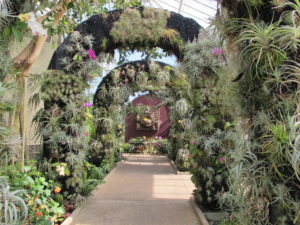
Many species and varieties of Tillandsia, or air plants, growing in the orchid house.
Theme Gardens
New features continue to add to the garden’s vision of instilling an appreciation of nature. In Lost Hollow: The Kimbrell Children’s Garden (2014), children “of all ages” play and create adventures. They can indulge an active imagination among the trees and trails, the Moonkeep, an amphitheater, and around the sunken pond. So cute, the children’s smiles.
Be sure to bring the camera, as there are delights at every step. Paved walkways and forest paths direct visitors from one garden room to the next. There’s the Nellie Rhyne Stowe White Garden, the Cottage Garden, and a Four Seasons Garden. Follow the 100-yard-long water feature in the Ragan Canal Garden to the great water fountain at the end.
Beyond the fountain is the Piedmont Prairie Garden (2018). Here are native grasses, perennials, and other plants that lived in this area 200 years ago. The Magnolia Allée, more water features, and the Conifer Garden stretch into the distance, approaching Lake Wylie.
The Carolina Thread Trail
From the Persimmon Trail, off the parking lot, you can connect with the Carolina Thread Trail, maintained by the Catawba Lands Conservancy. Part of this path follows the edge of Lake Wylie.
The Carolina Thread Trail consists of 260 miles of public and private properties that connect people and communities over 15,000 acres of protected Southern Piedmont terrain. The master plan calls for including more than 1600 miles of trails and blueways.
Stickwork by Patrick Dougherty
Take a look at the photographs, hanging in the Pavilion, of the fascinating work by North Carolina resident, Patrick Dougherty.
His work is commissioned all around the world, and one of his larger-than-life sapling sculptures stands on the grounds of DSBG. Walk through the Pavilion, exit the back door, then turn right. “The Magnificent Seven”, seven huge woven urns, complete with fenestration, dominates the vista beyond the pergola. I don’t know how long it will last.
Typical for gardeners, two acquaintances and I speculated whether the twigs might root in the ground and leaf out in spring. We looked for willow stems, which could root. “Oh, look…do those buds look like they’re swelling to you?” Alas, I couldn’t squeeze just one more picture out of the camera…not one.
Near Lost Hollow, a sinuous bundle of sticks snakes its way through the trees, passing under a small bridge. Not only does this sculpture (done by DSBG, I assume) provide a quirky element on the daffodil-dotted slope, but it also holds back topsoil and leafy mulch that could erode downhill. Plus, birds, insects, and other critters might find refuge there during winter months. This can be done by anyone, maybe on a smaller scale, and would be a great fall or winter project.
Information
The DSBG website lists all coming events and details, and the fee schedule for admission to the garden.
Daniel Stowe Botanical Garden
6500 S. New Hope Rd., Belmont NC 28012
704 825-4490
- Vanilla, the second most expensive spice.
- Variegated vanilla orchid.

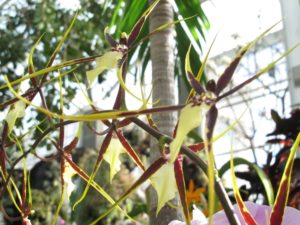
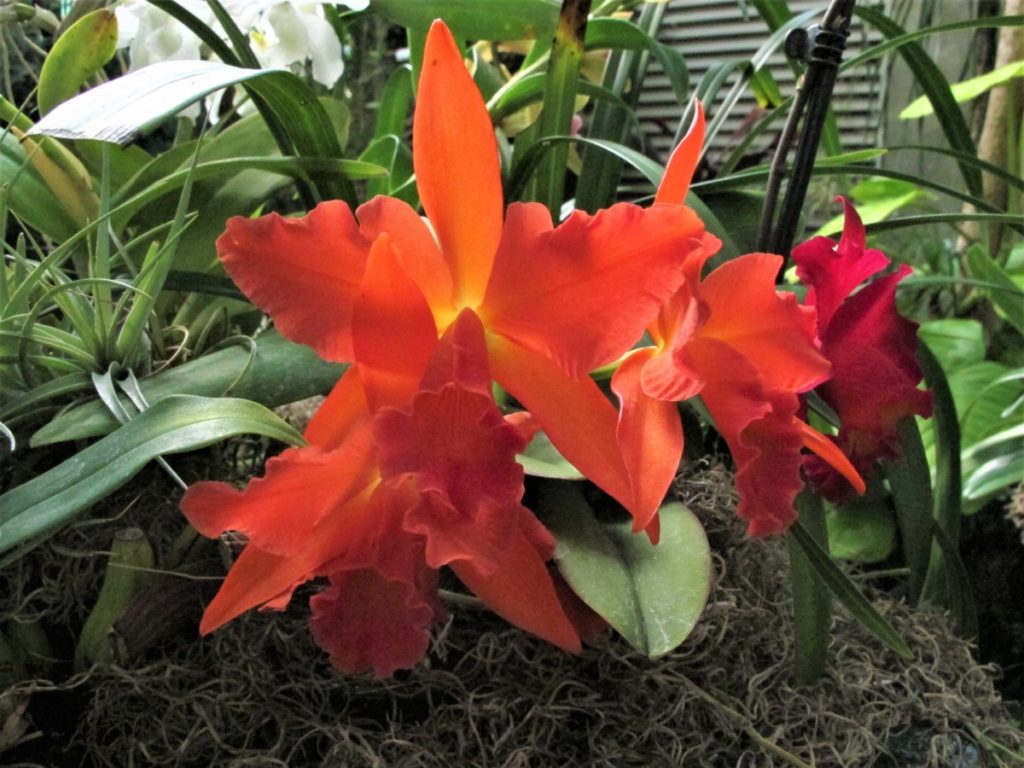
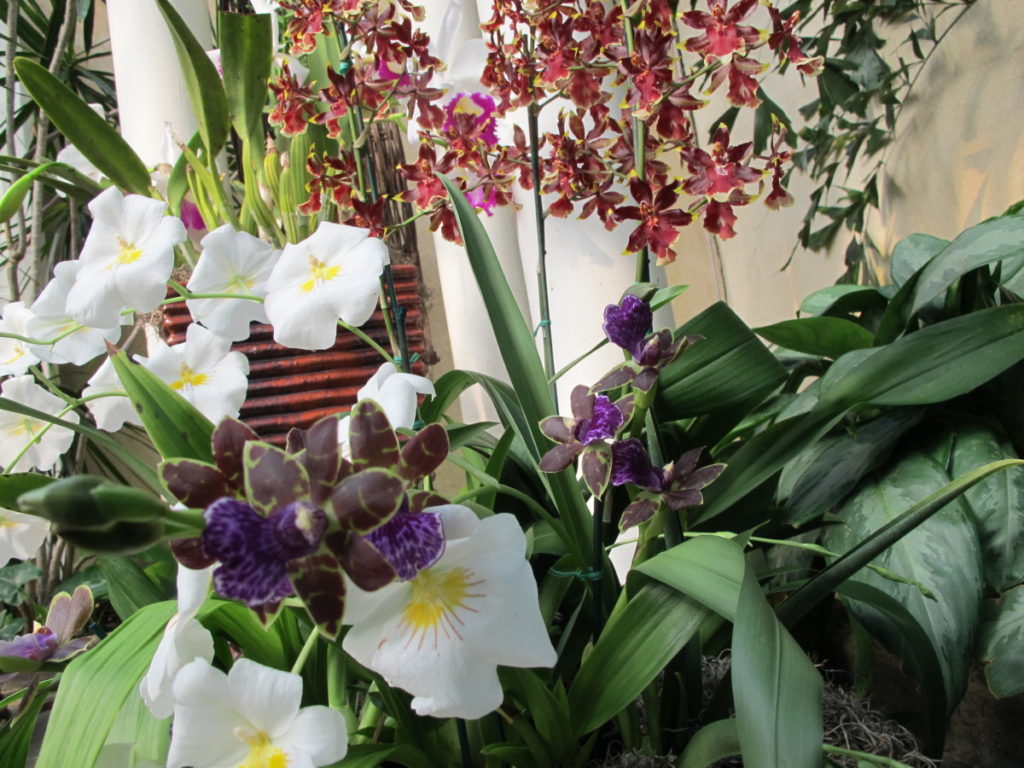
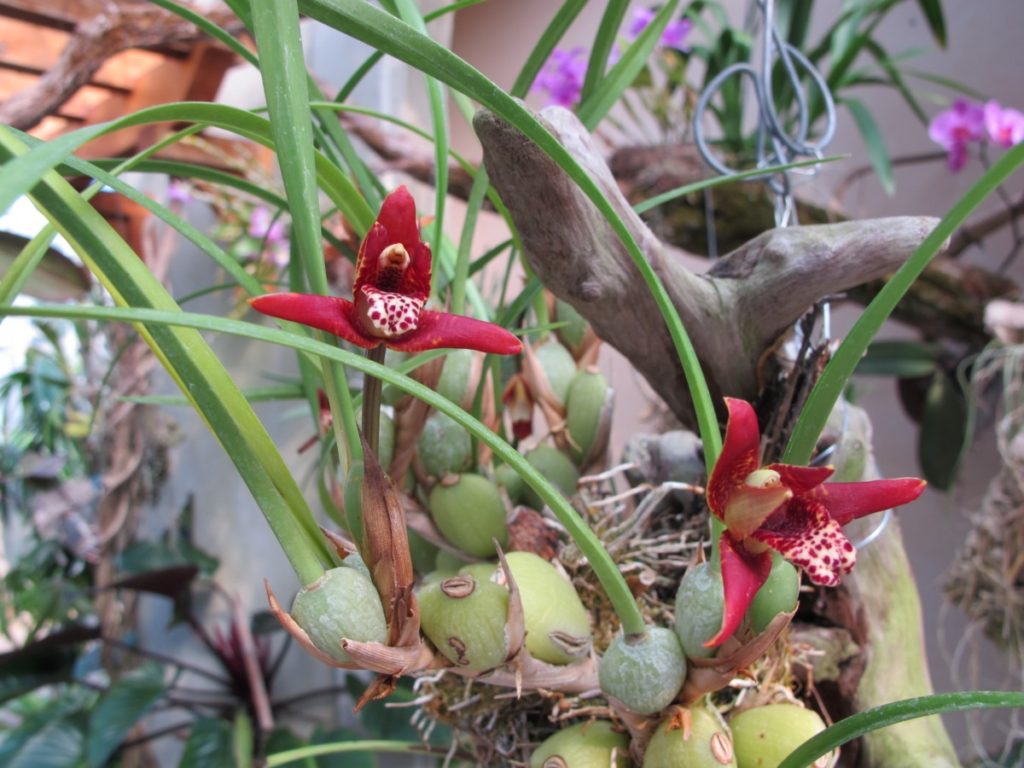
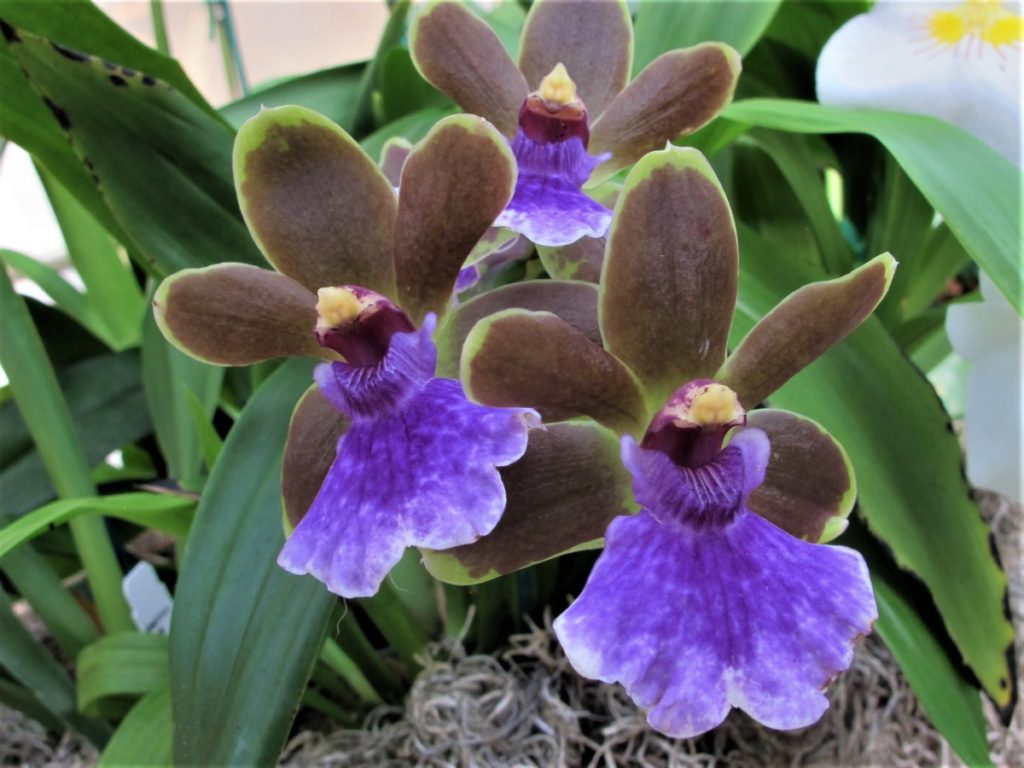
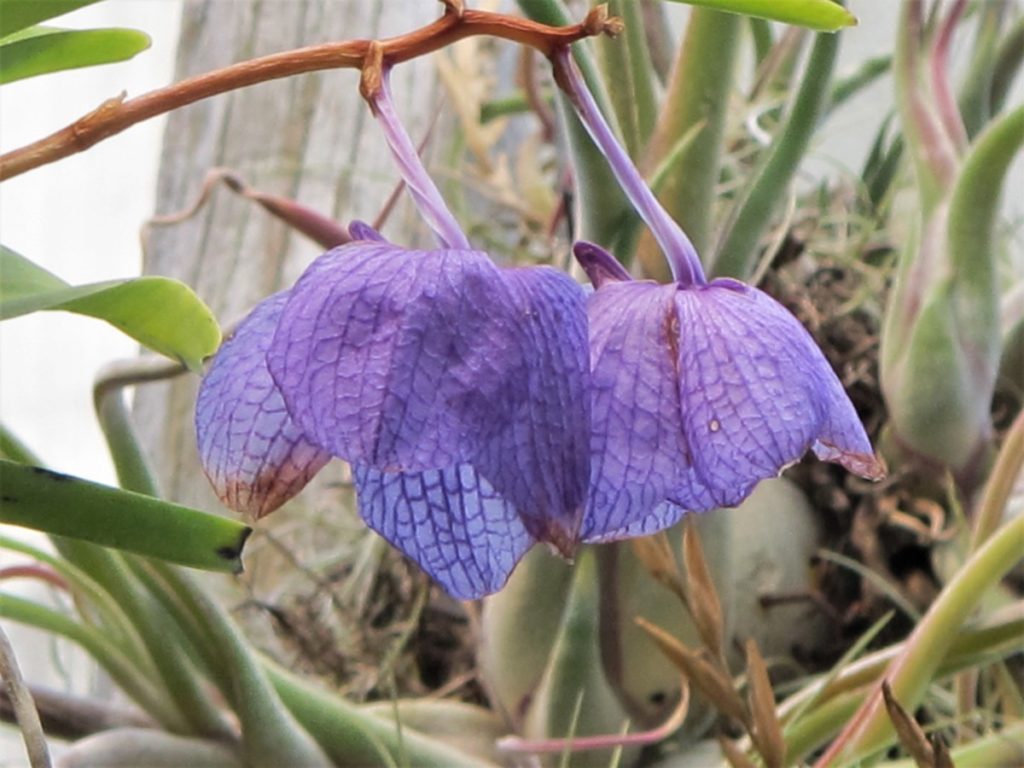
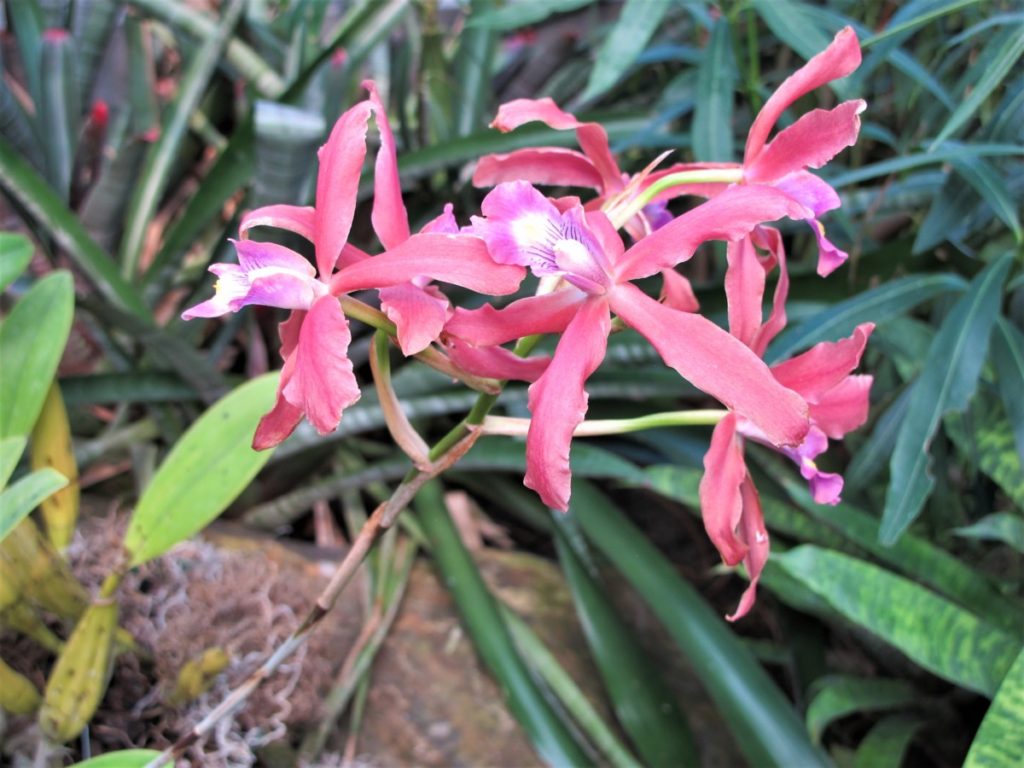

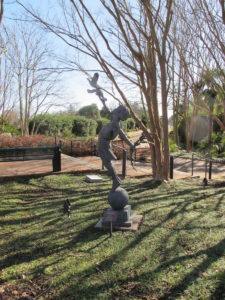
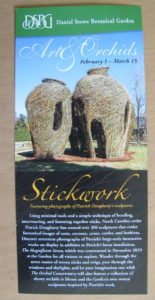
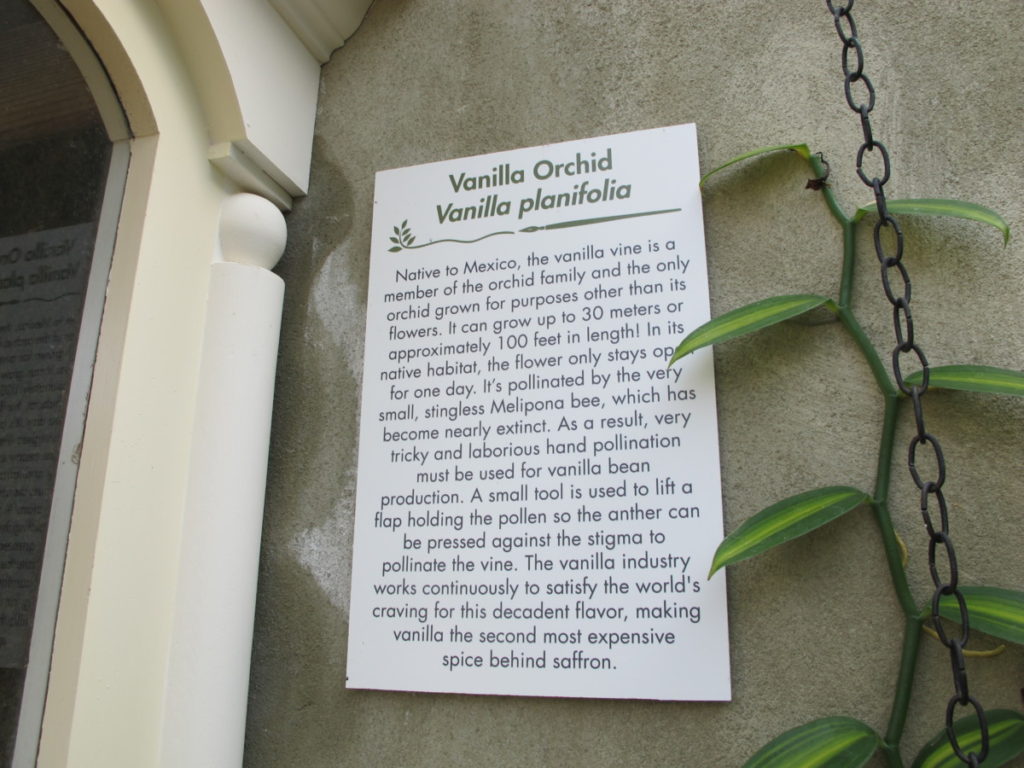
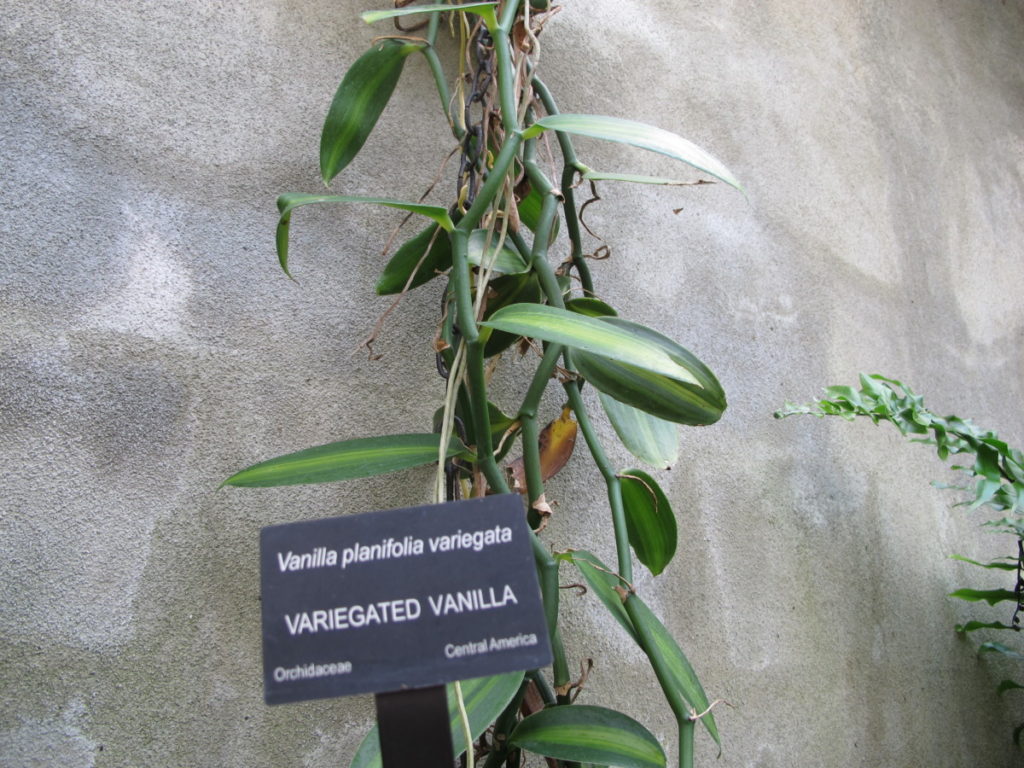
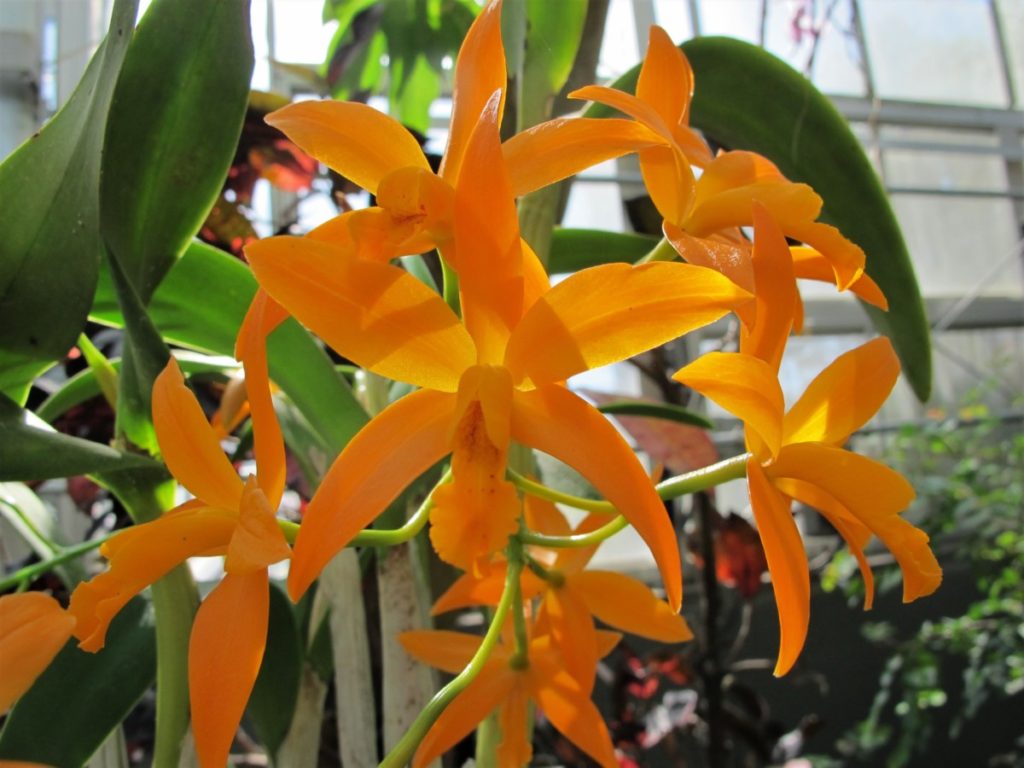
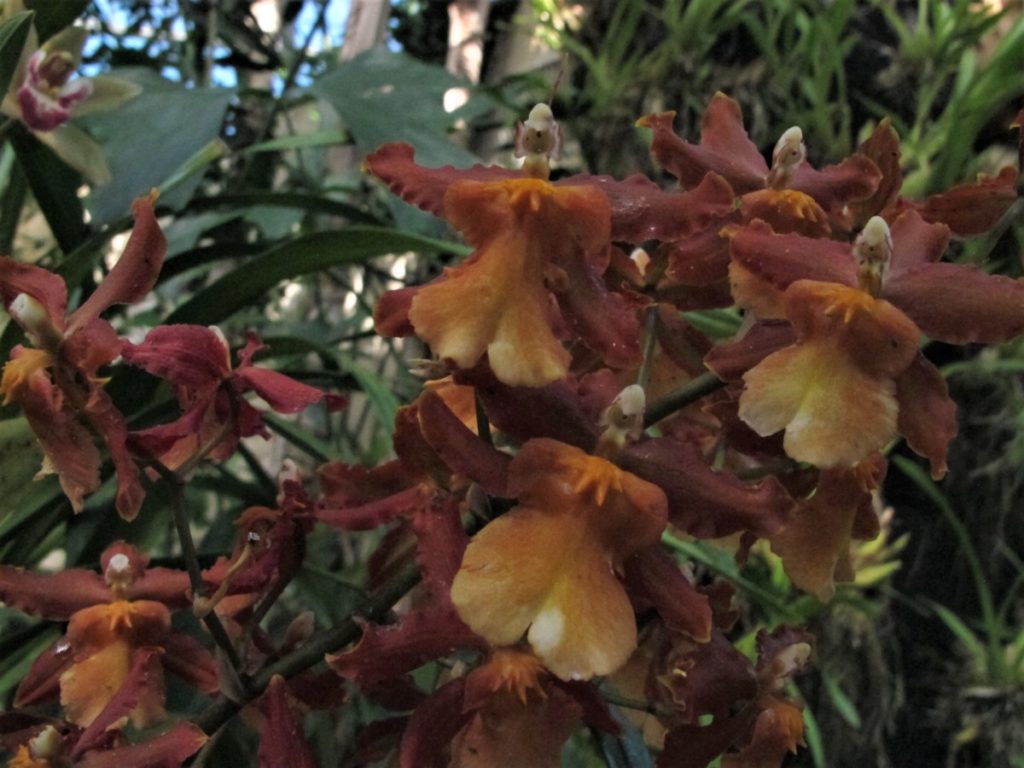
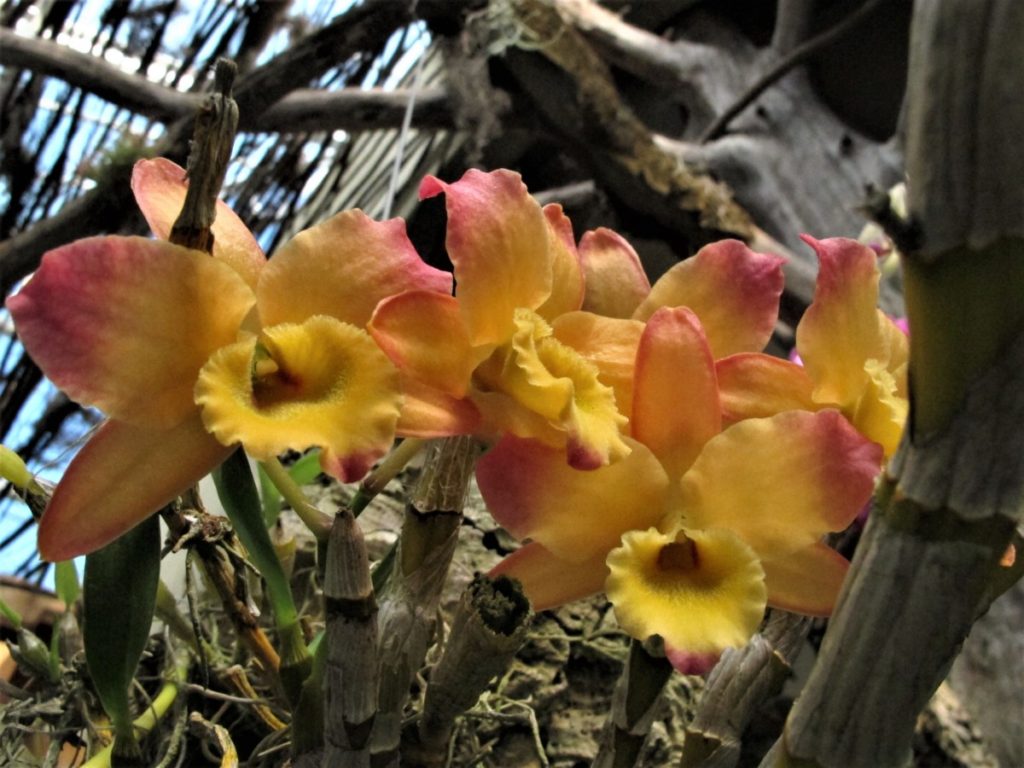
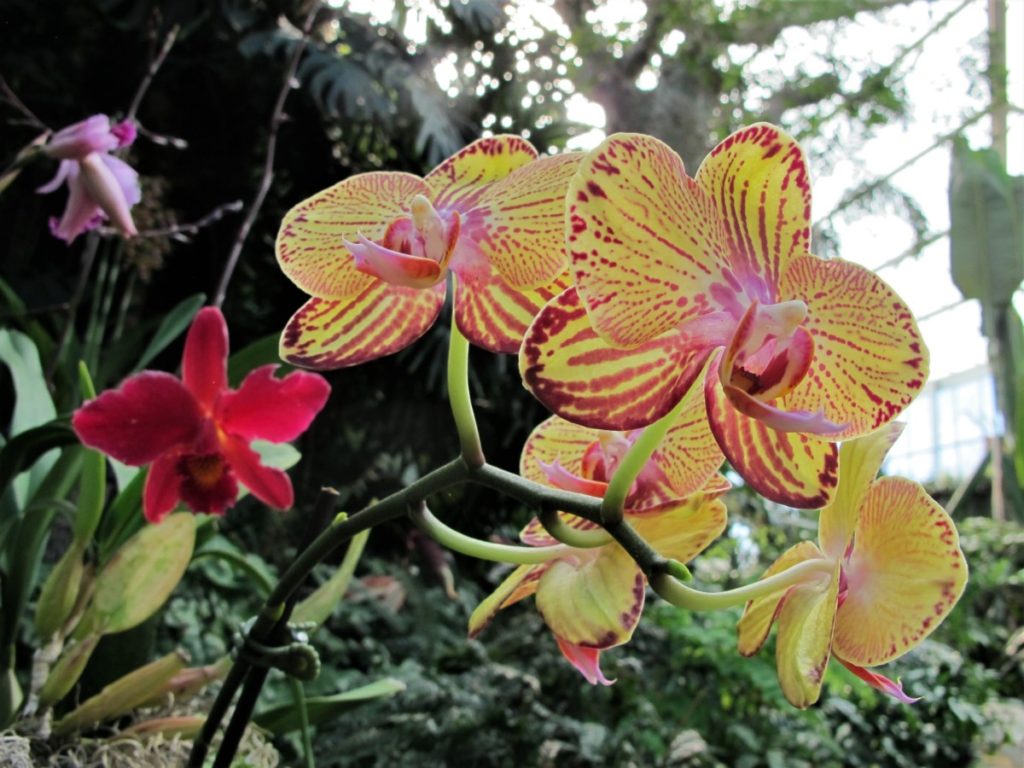
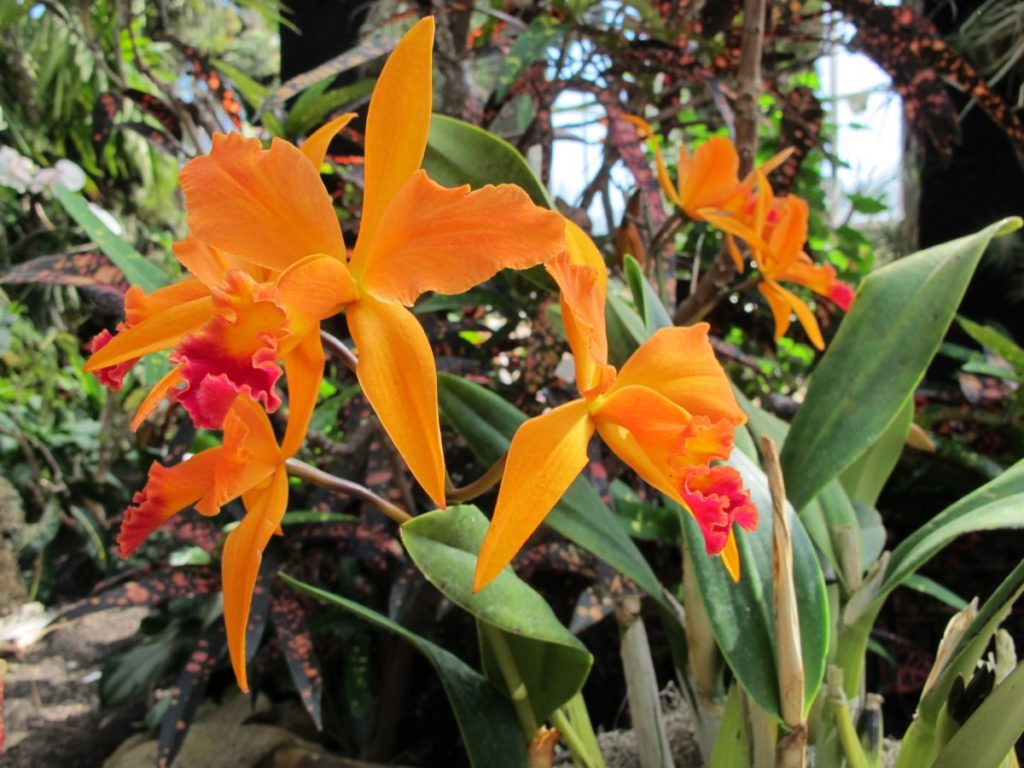
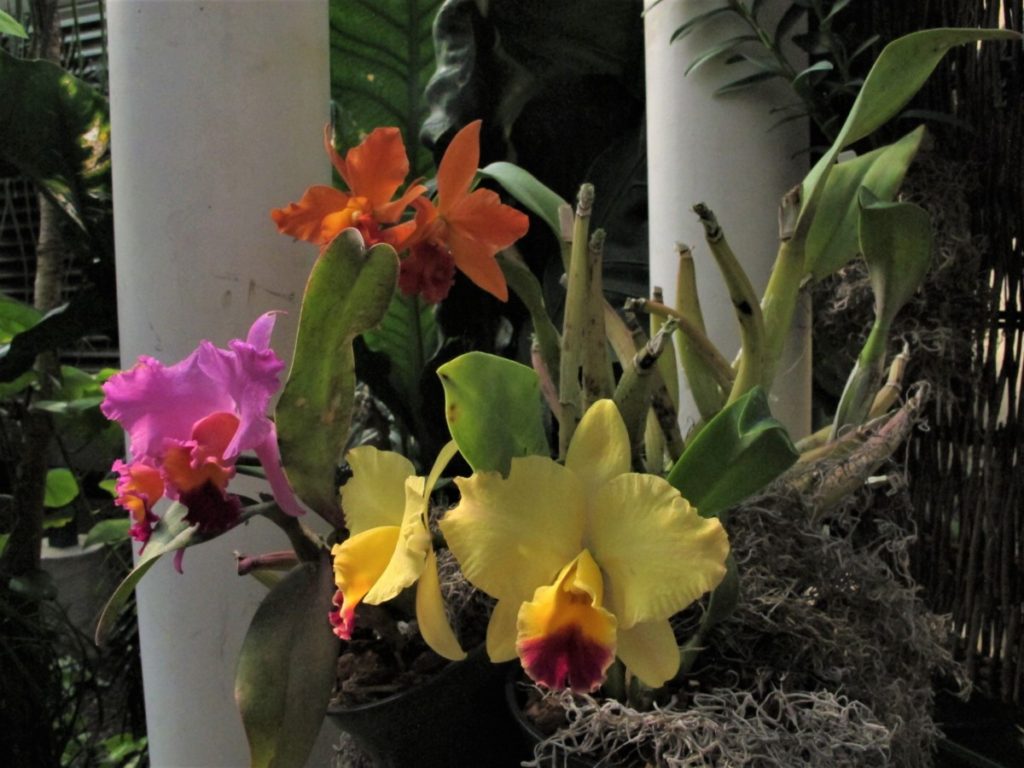
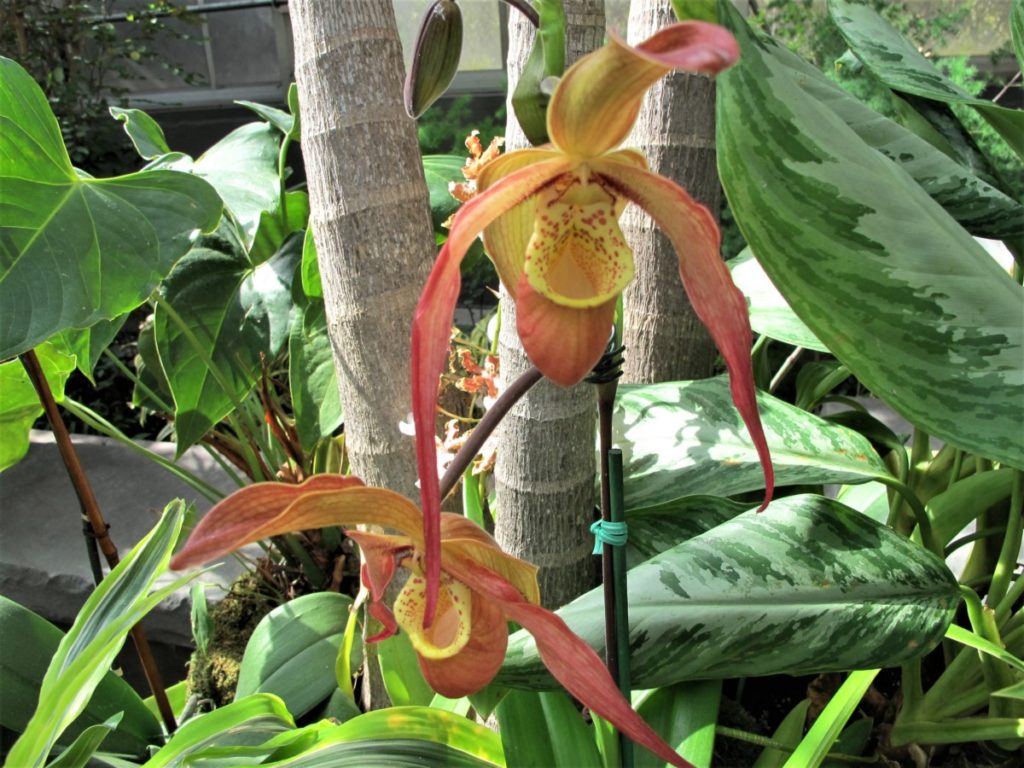
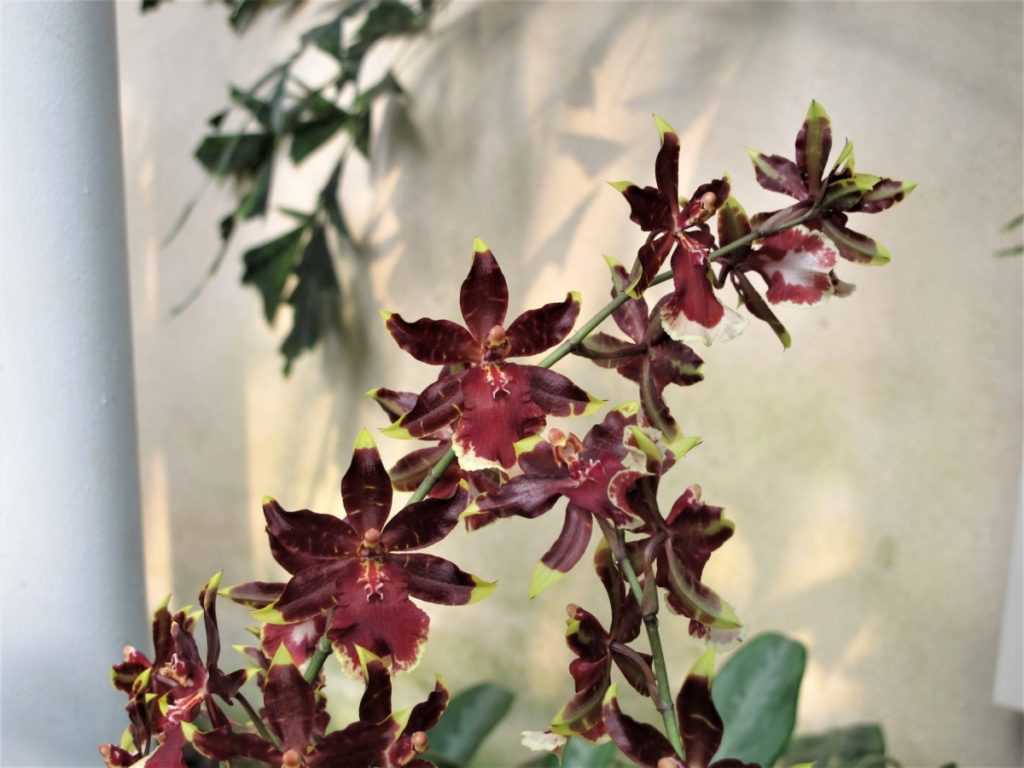
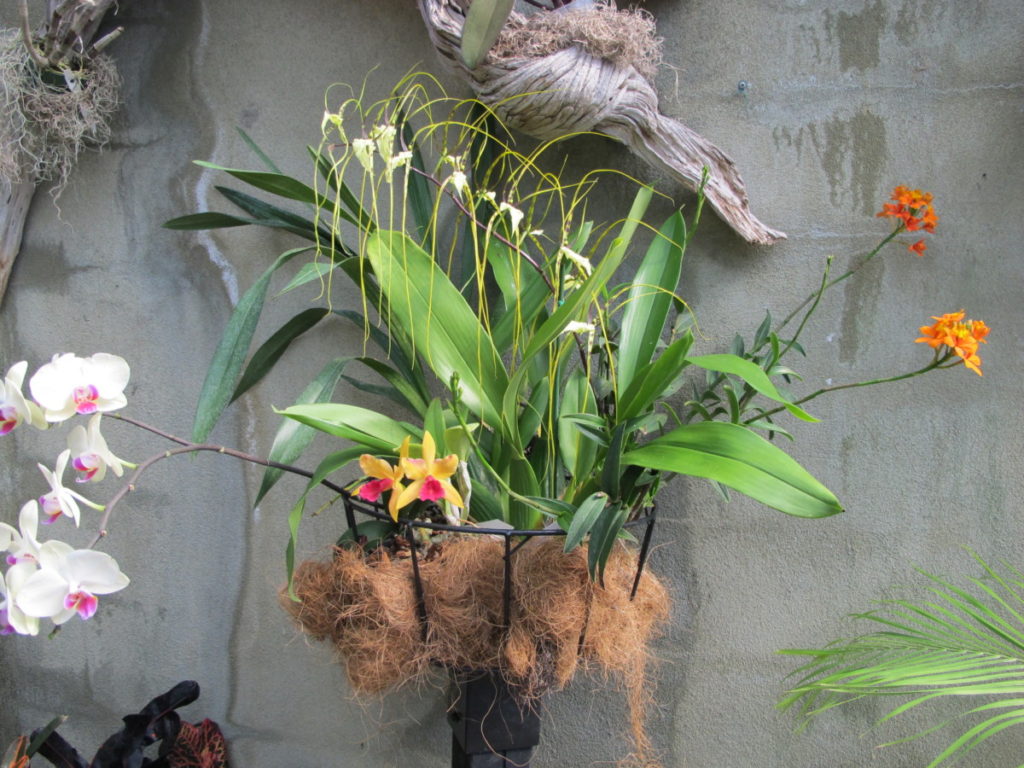
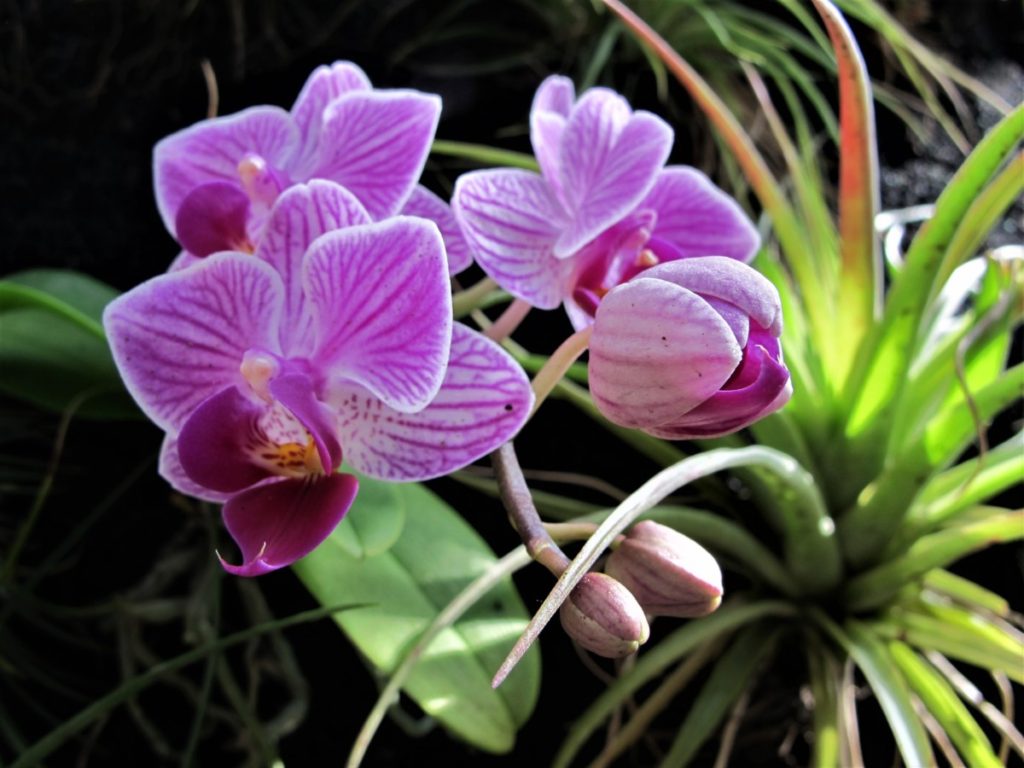
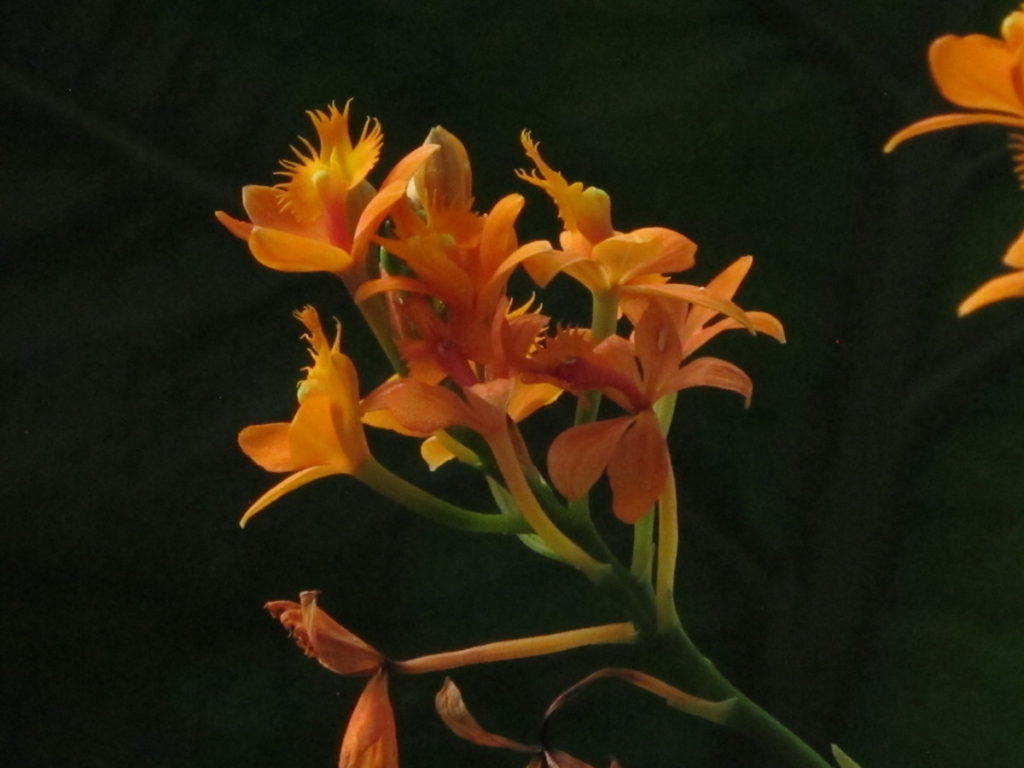
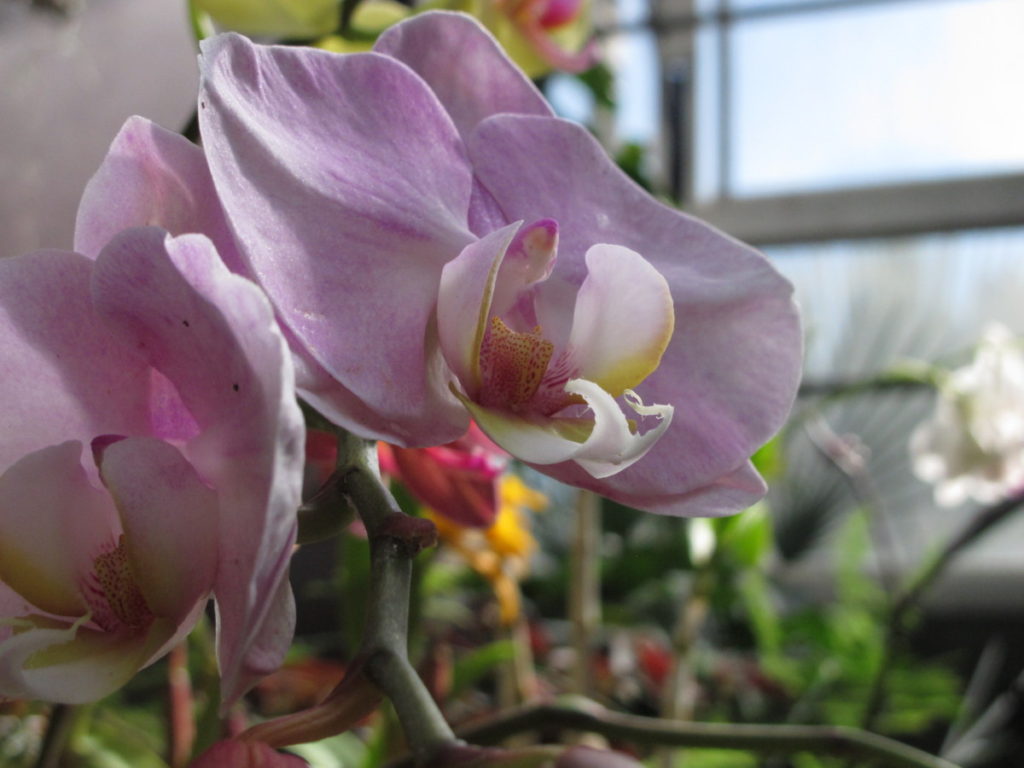


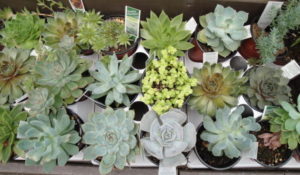
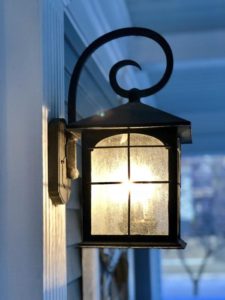
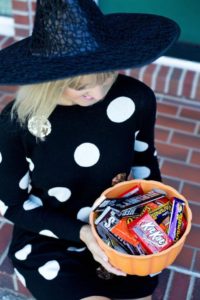
 Tiny fingers gingerly grasped their bounty. I saved small bags and newspaper for the occasion, but most were content to carry the pots. They excitedly passed them to their parents, who responded with “Thanks! What a great idea!” I was thrilled that they were thrilled.
Tiny fingers gingerly grasped their bounty. I saved small bags and newspaper for the occasion, but most were content to carry the pots. They excitedly passed them to their parents, who responded with “Thanks! What a great idea!” I was thrilled that they were thrilled.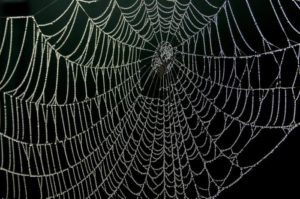
 Then we saw two more down the block in someone’s front yard. After gathering the bits and pieces, I had to decide whether to continue doing this in the future.
Then we saw two more down the block in someone’s front yard. After gathering the bits and pieces, I had to decide whether to continue doing this in the future.